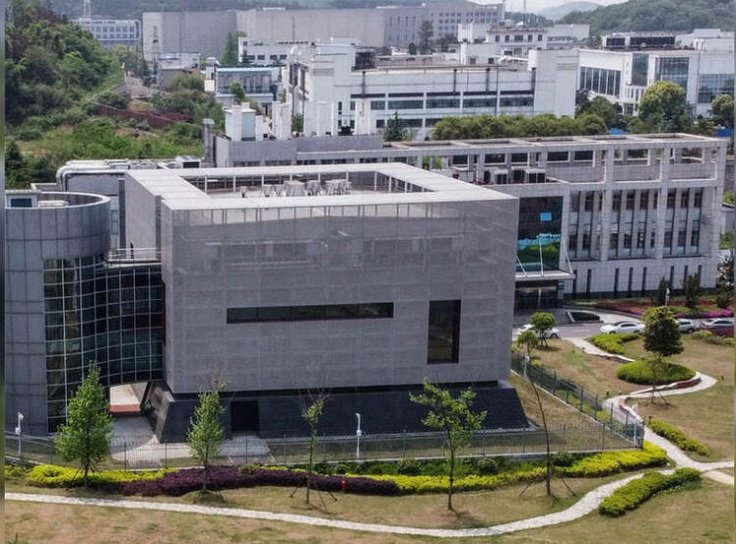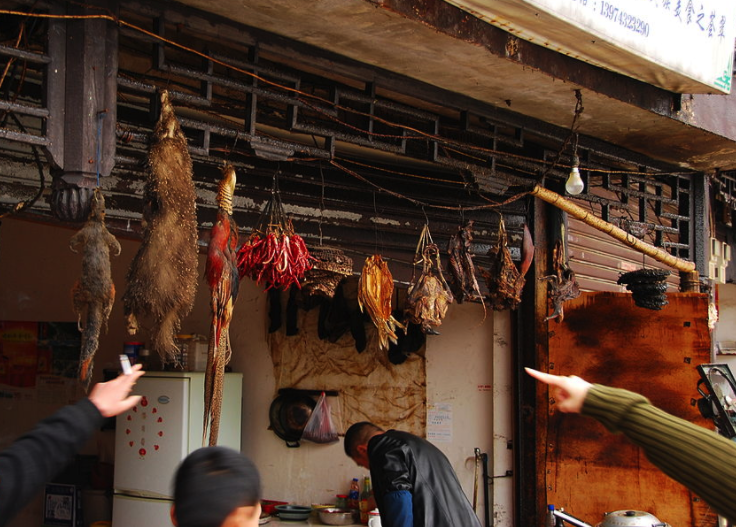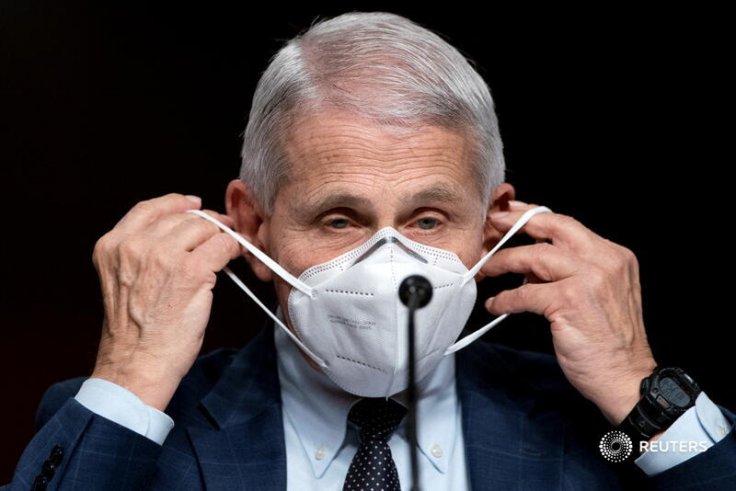A damning new report has concluded that the Covid-19 virus most likely escaped from a Chinese laboratory. It also claims that the US is partly to blame for providing tens of millions of dollars to fund high-risk research on highly infectious viruses at a facility with poor safety measures.
Harvard and MIT molecular biologist Alina Chan's analysis was published as a guest essay in the New York Times, a newspaper that had long been doubtful and dismissive of the lab leak theory. This development comes as Dr. Anthony Fauci faces a grilling by a House panel on Monday about his support for the research at the Wuhan Institute of Virology.
China Responsible for Covid Leak

Chan, a long-time proponent of further investigating the "lab leak theory," said that "reflexive partisan politics have derailed the search for truth" regarding the origins of the pandemic until recently.
If this theory proves accurate, the global pandemic—which has claimed 1 million lives in the US and at least 25 million worldwide—would be "the most costly accident in the history of science," wrote Chan, co-author of "Viral: The Search for the Origin of Covid-19."

Her findings reveal a troubling scenario: the virus originated in China, was enhanced for maximum infectiousness with US government support, and eventually escaped due to inadequate containment measures.
Scientists at the Wuhan Institute of Virology, led by Dr. Shi Zhengli, spent over a decade researching SARS-like viruses to understand how they infect humans.
Their studies concluded that SARS-CoV-2, the virus responsible for the pandemic, was found in bats living approximately 1,000 miles away from Wuhan.
Shi's team made several trips to southwestern China and Laos to collect virus samples, which were transported through "hundreds" of large cities back to the Wuhan lab. Despite the virus's high contagiousness, even across species, no infections were detected along the 1,000-mile journey, Chan wrote.
Her research also debunked a widely held theory early in the pandemic that the virus was released into the world through the Huanan Seafood Market in Wuhan, where exotic animals were sold for consumption.
Chan argues that this theory "is not supported by strong evidence," suggesting that the market outbreak likely happened after the virus had already started spreading among humans.
How the Virus Got Leaked

The Wuhan lab's "risky" research involved "genetically reconstructed and recombined" virus samples collected from various animal species, leading to unprecedented infections that were forced to mutate repeatedly to survive in new host species.
In 2019, the researchers published a comprehensive database containing over 22,000 collected samples.
However, Chan notes that access to this data was "shut off" in the fall of that year and was not shared with American research partners even after the pandemic began.

In 2021, The Intercept published a leaked grant proposal for a collaboration between EcoHealth, the Wuhan Institute, and US-based coronavirus researcher Ralph Baric to create new viruses "strikingly similar" to SARS-CoV-2.
The theory that the pandemic virus originated from a Chinese lab is not new.
However, it has only recently started to be taken seriously after years of mainstream media outlets like The New York Times, CNN, MSNBC, and others dismissing it as a "racist" conspiracy theory.
According to Chan, the Wuhan lab, where the hazardous research was conducted, was severely inadequate for containing an airborne virus as contagious as SARS-CoV-2.
US virologists working with highly infectious diseases, such as those in the SARS family, typically use Biosafety Level 3 containment, which includes protocols like respirators and proper exhaust systems to protect against airborne pathogens, ensuring the virus cannot infect lab researchers.
However, the Wuhan lab operated under the lower Biosafety Level 2 conditions, which primarily protect researchers from skin contact with viruses and bacteria. According to Chan, these conditions "could not prevent a highly infectious virus like SARS-CoV-2 from escaping."
Scientists at the Wuhan lab reportedly fell ill with Covid-like symptoms as early as the fall of 2019, based on information leaked to the Wall Street Journal and later confirmed by US government sources.
However, Chan noted that the scientists denied ever being sick.
The first international report of a "mysterious viral pneumonia" in Wuhan did not appear until December 31, 2019.

US funded an 'unprecedented collection' of viruses
In her sharply worded conclusion, Chan urged investigators to subpoena communications between Wuhan scientists and international partners, particularly during the crucial pre-pandemic period of 2018-2019.
She also called out Fauci, stating he "should cooperate with the investigation to help identify and close the loopholes that allowed such dangerous work to occur."









